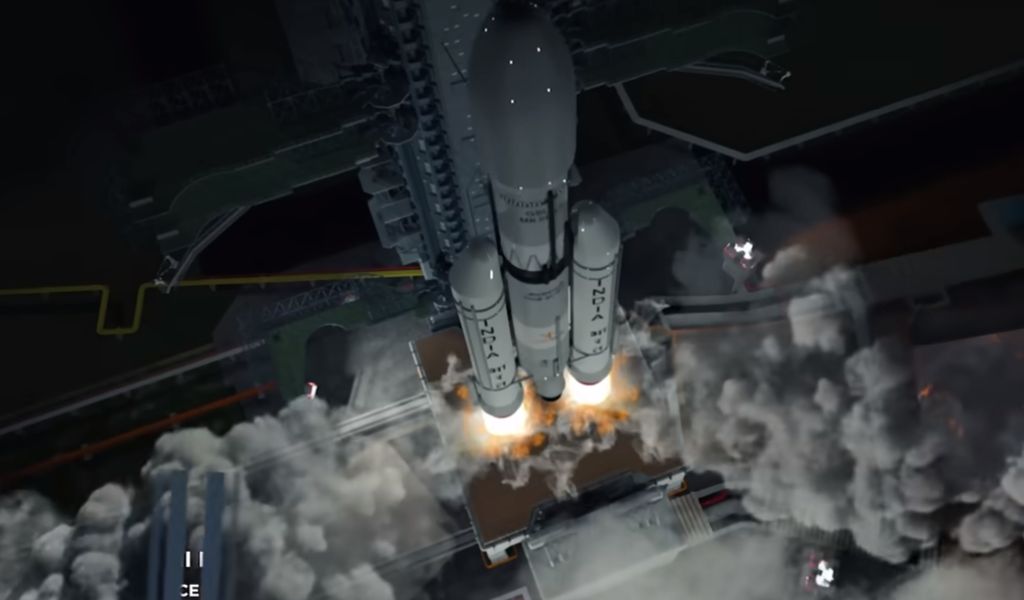Chandrayaan-3, India’s third lunar mission, is down to its final 90 minutes of preparation. In the cryogenic engine that will launch the rocket in its third and final stage, the liquid oxygen has been filled to capacity.
The cryogenic engine’s liquid hydrogen loading is also almost finished. The liquid second stage of the LVM 3 rocket has been filled with propellant. After the initial power surge from the two solid booster engines fired at the time of blast off at 14:35:17 hours, the liquid second stage will ignite.
The goal of the mission is to do what its predecessor couldn’t: land gently on the moon’s surface and send a robot to explore it. If India makes a soft landing, it will be the fourth country to do so, after the United States, Russia, and China. After being launched into an orbit around the Earth at a height of 179 km on Friday, the spaceship will gradually increase its orbit through a series of maneuvers to get away from the Earth’s gravity and slingshot toward the moon. When the spaceship gets close to the moon, it will need to be pulled in by the moon’s gravity. Once that happens, the lander, which holds the rover, will separate from the propulsion section and start its powered descent.
Top 10 Updates on this Big Story
- India’s first lunar mission, Chandrayaan-1, was launched in October 2008 and operated until August 2009.
- Chandrayaan-2’s lander experienced a difficult landing in 2019 after departing from the intended trajectory. While still orbiting the moon, the orbiter is transmitting data.
- The new mission, according to Mr. Somanath, has been created to land successfully even if some components malfunction. A number of situations, such as sensor failure, engine failure, algorithm failure, and computation failure, were investigated, and solutions were devised.
- Following lessons from the previous moon mission, ISRO claims to have upgraded the software and decreased the lander’s engine count from five to four. Everything has been put through extensive testing.
- The researchers want to examine the lunar soil, explore the moon’s surface, and record moonquakes.
- Vikram is supposed to land gently and safely. The lander will subsequently release the rover Pragyan, which will perform research and explore the moon’s surface for a lunar day (14 days on Earth).
- India’s mooncraft will make history when it touches down in the moon’s South Pole, where water molecules have been discovered. The discovery, which was made during India’s maiden lunar mission in 2008, stunned the entire globe.
- “There were off-nominal situations that were initiated in the system, which was the fundamental flaw in the most recent Chandrayaan-2 mission. Everything was not as it seemed. And the vehicle was unable to manage the atypical conditions for a safe landing, according to ISRO Chief S Somnath in an exclusive interview with NDTV.
- After its most recent lunar mission in July 2019 failed, the Indian Space Research Organisation is crossing its fingers.
- The Bahubali rocket, also known as the GSLV Mark 3 heavy lift launch vehicle, will support the moon lander Vikram. The LM-3, which is what the GSLV is now called, is 43.5 meters tall, which is about half the height of the Qutb Minar in Delhi. After a trip that will take more than 40 days, the spaceship is set to land on the moon on August 23.






































